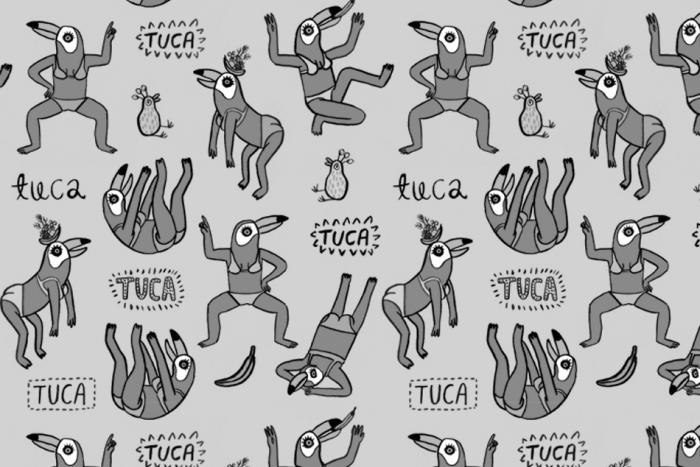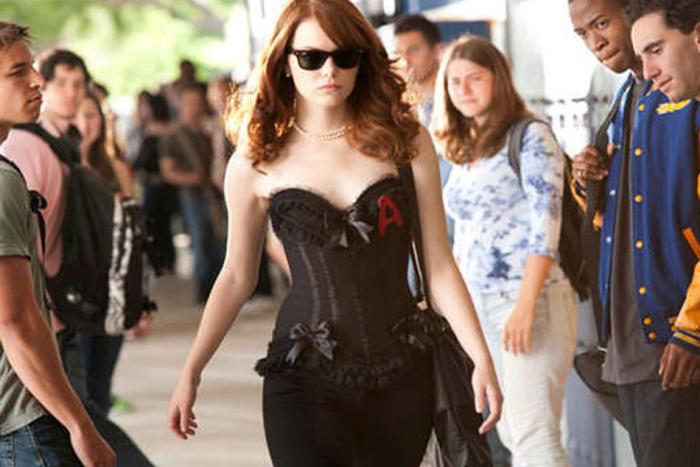In last Friday’s stage of the Tour de France, in the Belladonne mountain range, two riders broke free from the group. Mind games ensued. It’s a fact of both physics and form that two riders will always do better than one, as they trade position, with one following in the other’s slipstream (known unkindly as “wheel sucking”), saving his energy until it’s his turn to take a pull at the front, and vice versa. They form a unit on four legs that a solo rider, with just two legs screaming in pain, can’t match.
The downside of riding as two is that only one can win, so it makes sense to wheel-suck as long as possible, let the other fellow drive himself into exhaustion, and then cruise ahead, which presents as the cyclist’s paradox: teamwork and self-interest are incompatible. Instead, breakaway riders play virtual chess, guessing at moves and goading each other into making mistakes: the mind games that usually mean neither of them will win. Ten years ago, watching the Tour on TV, I saw two riders work together until the last 500 metres of the stage, shake hands (at 40+ km an hour), and then race each other man-to-man to the finish. I haven’t seen anything like it since.
For 21 years a German national named Didi Senft has shown up at the Tour de France. He’s not a rider but a fan dressed as a metaphor. He has a white beard, wears red tights and horns on his head, carries a red trident: he is the Devil. Senft is also an inventor who builds impossibly large bicycles, but his folk fame stems from his appearances at the Tour, usually during the mountain stages, running alongside the riders, waving the trident, when the mind games are at their peak. If you like, he represents temptation: riders who form makeshift alliances to beat the wind, to trade off in each other’s slipstreams, have to bite the temptation to take off on their own, to escape. Show me you’re a God, the Devil said to Christ in the desert (the real one, not Didi) but Christ resisted. Likewise, the Tour rider must, at times, temper the impulse to show himself and, instead, make foxhole friends of his enemies until he can safely destroy them. It’s great fun to watch if you enjoy betrayal as it plays out over speeds most of us experience only behind the wheel of an automobile.
One of the only novels to inhabit the mind of the competitive cyclist is The Rider by Dutch writer Tim Krabbé, himself a one-time semi-pro cyclist in the ’70s (and chess master) who also co-wrote the chilling Dutch film The Vanishing, in which the Tour de France figures almost as a character. The Rider takes place over a single day during the running of the Tour de Mont Aigoual, a B-list race in France. The reader is in Krabbé’s head as he rides to win over 137 kilometres. Early on a rival rider, at the front of the pack, gestures at Krabbé to take a turn. “I act like I don’t see him,” he writes. “I know what’s going to happen. He moves to the front, picks up the pace, looks back movingly, sees that no one is coming to help, then tucks down over his bars… Occasionally he shouts, but no one helps. Don’t look at me. Bicycle racing is a sport of patience.” And brinksmanship: Krabbé is content to coast in the slipstream, while the other rider does all the work at the front of the pack. He remembers what Hennie Kuiper, the one-time Olympic gold medalist, once said: “Racing is licking your opponent’s plate clean before starting on your own.”
So if no one takes chances, if everyone plays the same patient game, what’s to keep a race from coming to a complete standstill? At some point the rider must believe he is God, hear the Devil’s voice: show me. “Suddenly I know that I’m going to attack,” writes Krabbé, 18 kilometres from the finish. “The decision catches me off guard. They way you can mull endlessly over getting up in the morning—and suddenly find yourself standing next to the bed. Your body got up, and you were in it.” And behind him is another rider, catching his slipstream, biding his time until Krabbé runs out of steam: a wheel-sucker. That’s racing: 200, or 20, or two men trying to outthink each other with only one succeeding.
Ten years ago, watching the Tour on TV, I saw two riders work together until the last 500 metres of the stage, shake hands (at 40+ km an hour), and then race each other man-to-man to the finish. I haven’t seen anything like it since.
The Vanishing, based on a novel by Krabbé, is a movie about an abduction, but it’s also a movie about two men desperately working to outthink each other. Rex and Saskia, a young Dutch couple, are on a cycling holiday in France. It is the summer of 1984, and the Tour de France is into the final stages. Their car runs out of gas in a tunnel. Rex leaves Saskia and the car behind while he sets off with a jerry can. When he returns, Saskia is livid about the ease with which he abandoned her. She makes him promise never to do it again. Back on the road, they pull into a gas station. On the car radio we hear live commentary of the Tour: the top two contenders, Laurent Fignon and Bernard Hinault, are neck and neck in the overall classification, fighting for the leader’s yellow jersey. Saskia disappears into the station to buy them a soda and a beer. Rex waits, listens to the Tour. She never comes back.
Three years later, true to his promise, Rex won’t give up searching for Saskia. He puts up posters in the town where she disappeared. In Hitchcock fashion, the mystery is taken to an unusual place: we are soon introduced to the man responsible, a high-school chemistry teacher and family man named Lemorne: it is not a whodunit, but a whydunit. As it turns out, the man is interested in engaging with Rex, and sends him cryptic postcards. They meet.
What follows is a fascinating game of psychological maneuvering and twin obsessions: Rex is obsessed with finding Saskia; Lemorne is a self-described sociopath, obsessed with his own twisted ideas about fate and action, and how one depends on the other: nothing happens in life unless and until you attack, otherwise we are all wheel-suckers caught in a virtual standstill. Together they are like Hinault and Fignon on the road in the ’84 Tour, guessing at who will make the first fatal move. “The best place to watch the Tour on Ventoux,” Lemorne tells Rex, referring to a historically killer mountain stage in the race (where nowadays you can usually see Didi Senft running and waving his pitchfork as the riders stare each other down), “is a mile before the top. You can see who’ll give way and who’ll try for a breakaway.”
Lemorne and Rex take turns leading each other deeper into peril: one towards retribution for his crimes, the other to a fate like Saskia’s. As with cycling, only one will win. The Vanishing is a great thriller, but it’s also a master class in why the Tour de France unfolds the way it does, every summer: the scenery is beautiful, all sunflowers and castles, but mixed with the sound of bicycle gears you can hear the voice of the Devil.
The Lost Library: forgotten and overlooked books, films and cultural relics from Tom Jokinen’s overstuffed Ikea bookshelves.






